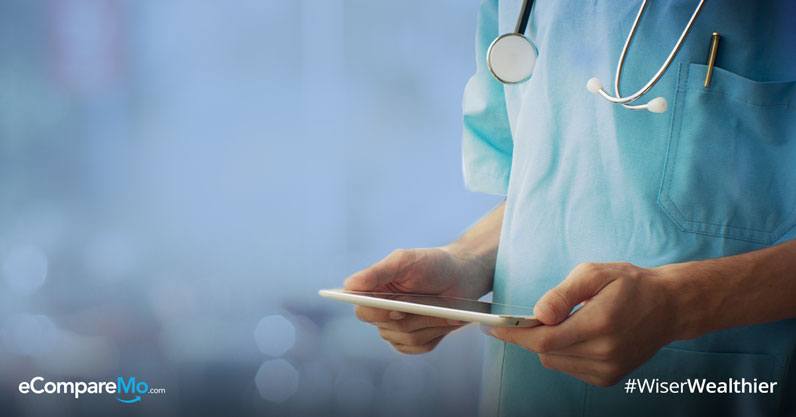How The Universal Health Care Act Will Benefit All Filipinos
4 min readIn February, President Rodrigo Duterte signed the Universal Health Care (UHC) Act, which will provide healthcare coverage for all Filipinos. It’s one of the priority bills by the President during his last State of the Nation Address (SONA).
Once the UHC is in full effect, every Filipino will become covered by the National Health Insurance Program (NHIP).

Health care for all Filipinos
Regardless of age, gender, and social status, Filipinos can start availing of health services through
(Read: 7 Things You Need To Know About The Universal Health Care Bill)
The UHC in a nutshell
Under the Universal Health Care law, every Filipino is automatically enrolled in the government’s health surety program. With this, the immediate eligibility will mean that they will have access to health services such as preventive treatment for medical, dental, and even mental health.
The segments will now be simplified into two categories: contributory/
Annual membership fee increases
Once the Universal Health Care law is fully implemented, contributory members will shoulder the benefits of indigent ones.
To make sure there’s enough funding, membership rates would gradually increase by 0.5 percent annually. Schedules will also change yearly as the gross monthly income ceiling for contributions will go up by P10,000 every year.
How will this play out? Let’s say that
For those who are earning P50,000 and up,
Before you react negatively to it, keep in mind that you’re not paying for the entire premium. According to the law, you and your employer will both be paying for your contributions.
This means that if your monthly premium is P1,400, then your company will shoulder half, or in this case P700. So,
(Read: Your Guide To New Philhealth Contributions For 2018)
Multiple sources of funds
When we say that you’re responsible for
In 2017, PhilHealth reported that it got P106.58 billion from member contributions. During the same year, overall
To make sure that everyone will be covered adequately, the government will get its funding from the following:
- Annual budget from the Department of Health (DOH) through the General Appropriations Act
- Sin tax revenues
- Philippine Amusement and Gaming Corporation revenue
- Philippine Charity Sweepstakes Office
- PhilHealth contributions
- Government subsidies to PhilHealth
With all this combined, the DOH estimated that it should raise P257 billion to make sure everyone is insured.
The sin tax derived from alcohol and cigarette purchases will also be poured towards funding of the new law. PhilHealth will also get 50 percent and 40 percent from the total revenue of PAGCOR and PCSO, respectively.
(Read: List of Mandatory Employee Benefits In The Philippines)
Pay more, get more
Good news: Paying members of Philhealth will also get more benefits.
According to the UHC law, the agency will
This is also an incentive for non-contributory members to
(Read: Maternity Leave Bill Signed Into Law)
More accessible services
Thanks to the Universal Health Care law, Filipinos can now avail of free consultations and procedures.
Let’s say that you’re a resident of
Charity cases who are not
With the new law, the whole PhilHealth versus non-PhilHealth demarcation line will disappear. Indigent patients no
Sources: PhilHealth, Rappler, ABS-CBN, GMA Network
